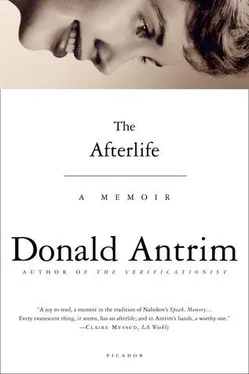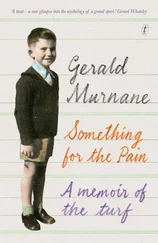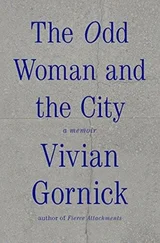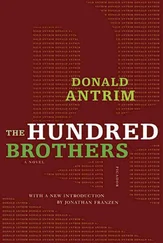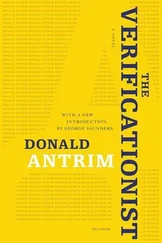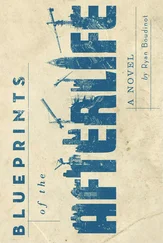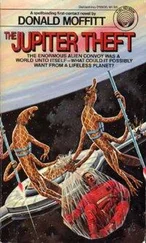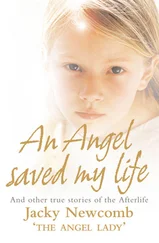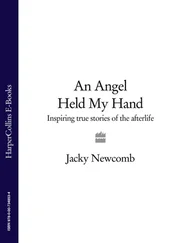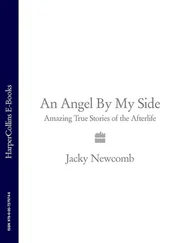Questions like this — any and all questions, for that matter, concerning S., my mother, and the painting — frequently became points of division between me and K. Long before any of this crazy art-historical family business ever got started, K. had learned that whenever my mother and I got involved in each other’s lives, even over matters of no apparent consequence, there was likely to be trouble on the way for her, trouble in the form of fighting between us. In those years, I was terribly unskilled at managing the consequences of my loyalty to my mother, a person who was constitutionally incapable of staying out of her children’s affairs, or of coping with what she regarded as hostile infractions—“Mom, do you think the painting is a Leonardo da Vinci?”—against her own liberal and openminded worldview. Thus I found myself repeatedly subjecting K. to antagonistic appraisals of my mother’s cultivation of fantasy. When K. went along with my negative assessments, I turned the tables on her and rushed to my mother’s defense.
S., in the meantime, had arrived in Manhattan. He was coming full circle. I remember that he visited me and K. in our apartment on Eighty-fifth Street. I also have a memory of going with him to see the painting. What I chiefly remember about the painting now is not how it looked, precisely, but how I felt, standing next to my mother’s boyfriend, a man on a mission to find a Leonardo da Vinci.
As I recall, the painting appeared dirty. It was leaning against a wall. Its carved and filigreed frame was, as S. had indicated, massive and even oppressive; it had the look of mahogany, stained to a shade of darker brown, that I have come to associate with the woodwork inside Victorian-era brownstones; the frame was about the size of a headboard for a bed. The painting — imprisoned, as it were, inside this boxy frame — looked somehow out of scale with itself. I should point out that at that time in my life I knew practically nothing about the history of painting, European, American, or otherwise, and that what little I know today would in no way qualify me to appraise a work of art. That said, the painting did not strike me as an Old Master. It did not, in fact, look like an obvious find , regardless of its period. In the bottom half of the picture was a rocky stream or small river that tumbled directly toward the viewer. Trees grew along the banks of the stream, and green hills sloped up and away from the center of the painting. The foreground was dominated, interestingly, by a number of tall and leafy marsh reeds; on the stalk of one sat a bird — in the dove family? — rendered large for the sake of perspective. The sky above this nature scene was radiant, glowing, painted in an almost white shade near the horizon, and growing, with increasing altitude, darker and grayer, as if the unseen sun had barely begun to rise.
But something about those round rocks and the water cascading over them did not look right to me. The colors, I thought, seemed odd; the trees were luridly dark, while the river was sparkling and bright. The light in the painting, the light from the invisible though rising (or possibly setting) sun, originated in the background. Wouldn’t that background light argue for a darker foreground river? And what about those leafy Southern Hemisphere plants? What about the single, fat songbird? Overall, the scene looked romantic in a faintly unpleasant way It looked, I thought, offi-puttingly Victorian — as did the frame. I couldn’t help thinking of turn-of-the-century stained glass. I did not find the work beautiful.
And yet I have to admit that it affected me. Whenever I think about it, I am struck by a desire to see it again.
All I have to look at, though, is the photograph S. took during his stay in New York, a badly aimed, poorly lit snapshot printed on Kodak paper. I also have a few scraps of the canvas that S. scissored off the painting’s stretcher. And I have copies of the replies written to S. by curators to whom he had sent letters of inquiry and, presumably, duplicates of the photograph. One letter to S., dated November 28, 1988, and sent to my mother’s address in Miami, is from the Frick Collection, and it suggests that S. contact the European Paintings Department at the Metropolitan Museum of Art. The letter is a clear blow-off. Who could blame the people at the Frick? An undiscovered Leonardo? Another letter, from the New York Public Library, proposes that S. get in touch with the Stevens Institute of Technology in Hoboken, in reference to the Leonardo da Vinci collection there. A December 9, 1988, letter from Sotheby’s indicates a lack of interest in offering the work at auction.
What was S. doing ?
In addition to posting letters to museums, he was going to the Frick Art Reference Library, on Seventy-first Street, where he spent days paging through old art books in the hope of finding a plate that matched the snapshot he carried everywhere he went. He stressed to me the value of old art books, reasoning that the painting — which, he theorized, had been either stolen or lost from a private collection — might have been in currency in former times. When I wondered aloud why he didn’t throw the painting into a taxi and haul it straight to the Met, he made the excuse that, after all, it was not his painting to cart around town. Besides, he told me, he enjoyed looking through those old books in those fascinating archives, which were, I realized, a world away from suburban Miami and his life as an underemployed artist with a history of dead-end jobs.
In Miami, my mother waited for word. We spoke more and more frequently. “Have you heard any news from S. about the painting?” she’d ask me. Or I might ask her, “Have you heard any news from S. about the painting?” But I’m not sure that I ever told her, in so many words, what I thought of S. and his ideas about the painting.
“Mom, can I ask you a question?”
“Sure.”
“Why doesn’t he take the painting to be evaluated by someone who knows about these things?”
“Don, this is his project. I think we ought to just let him do things his way. It’s important to him.”
“I know that. But his way isn’t very productive.”
“We don’t know that yet.”
“Well.”
“This means a lot to him, and he needs to sort it out in his own good time,” she told me, and I could hear, in her voice, the serene detachment so crucial to ongoing sobriety. But I also heard — and maybe this was what that detachment was meant to hide — something that sounded a lot like fear. She was, after all, S.’s partner. She was implicated in his scheme to identify what might become, if he could prove its authenticity, one of the most famous paintings in the world. My mother, in the years after she got sober, had shown an alarming gullibility in matters relating to mental and spiritual health. By 1988, I had become adept at listening to her describe workshops devoted to past-life channeling, to radical forms of astrology to speaking in dead languages. What was her angle on the painting? Did she truly think that her boyfriend had stumbled on a Leonardo da Vinci? Or was she simply concerned about the effects on S. of what might, were he ever to actually identify the painting, come as a shattering disappointment?
And what about me ? Why was I going along with this nonsense, phoning museums and antiquarian booksellers and dealers, and asking them, on S.’s behalf, what a person might do, in the event that such a person might or might not know about a painting that might or might not be a missing priceless European treasure?
After a handful of humiliating phone calls, I gave up. I simply couldn’t do it. I wished S. well — he had by then returned to Miami — and I asked him to keep me informed of his progress. I put the snapshots he’d given me, along with the swatches of decaying brown fabric, in a drawer. And I tried to stop thinking about the problem of the painting.
Читать дальше
